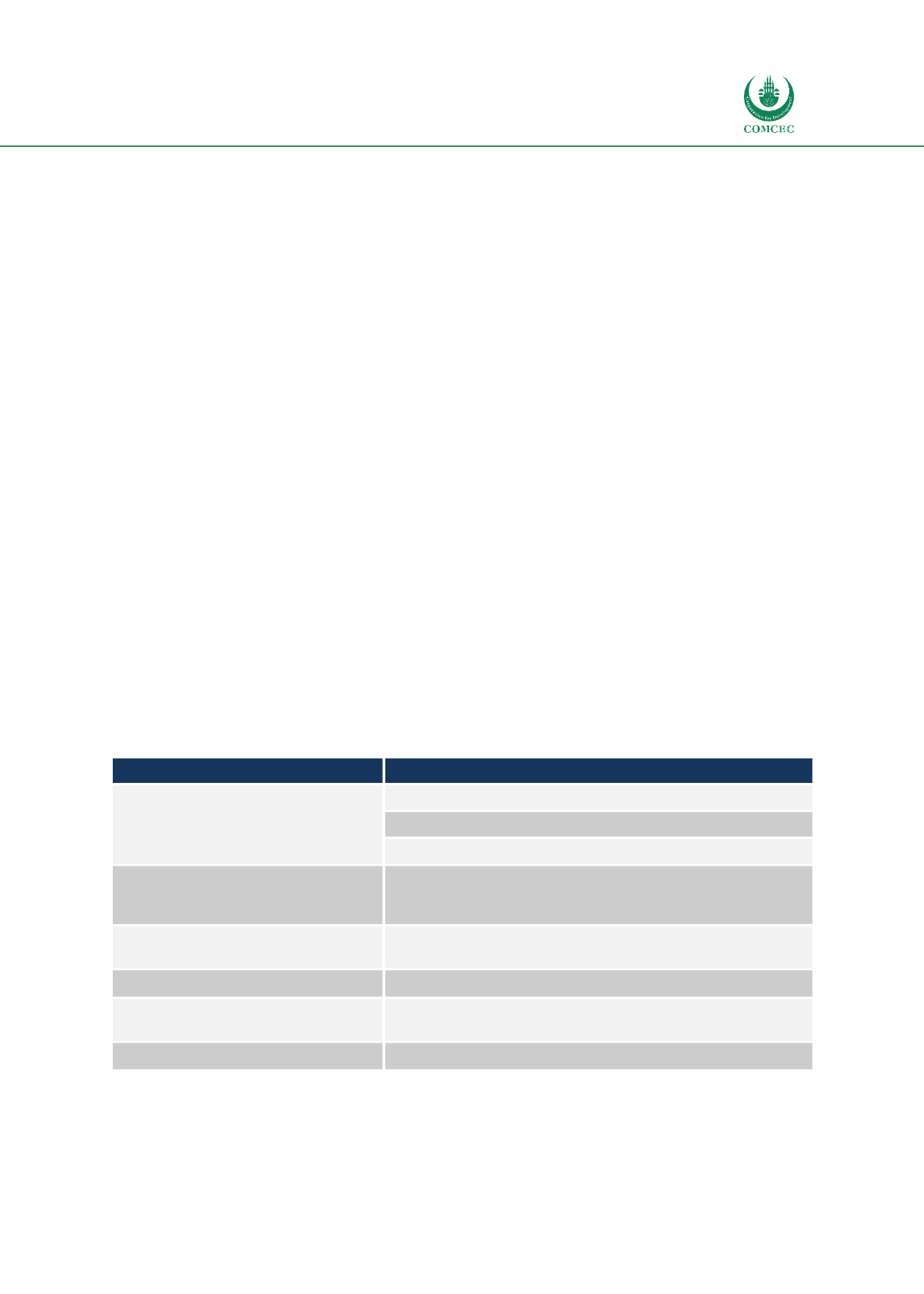

Facilitating Trade:
Improving Customs Risk Management Systems
In the OIC Member States
111
and reference for central risk analysis, and by using of message boxes found on profiles, it is
possible to send messages that the customs inspectors can make use of during their inspections.
It is important to mention that the customs declaration targeted by risk profiles on one of the
previously described channels cannot be rerouted by the customs inspectors, but only by the
local RA department upon approval by the central RA Department. In such a way, the TCA have
deprived customs inspectors and local risk analysis officers of any discretionary powers.
5.1.4.5
Evaluation of outcomes/feedback
The last stage in the RA cycle is an evaluation of outcomes/feedback from the conducted control.
After the finalization of the customs control, it is mandatory for the officer(s) in charge to fill the
codes related to the risk profiles in the form of “0 – nothing found, risk profile not verified” and
“1 - noncompliance found, the risk profile is verified”. When there is code “1”, the customs
inspector will need to select additional codes that describe the type of noncompliance. For
example, undervaluation, non-declared goods, wrong tariff code, origin, etc. In such a way, the
RA department can analyze the effectiveness of the risk profiles and improve them over time.
Additionally to the pre-defined codes, the customs officers must fill out a textual form and
describe the irregularities, focusing on the modus operandi. Having in mind that risk profiles
are collections with one or more risk indicators, the RA department can measure the efficiency
of the risk profiles, but not on the level of risk indicators. Currently, the RA module of BILGE
cannot link the noncompliance/irregularities on the level of risk indicators or risk profiles in the
case when more than one risk profile has targeted the customs declaration. The CRM
Department together with the IT department is developing user and functional requirements
for new risk analysis system. Currently, the new RA system is at a pilot stage, and the short-term
plans are to replace the current risk analysis module of BILGE. The new system will include the
simulation module that will give the possibility to relate risk indicators that provide capturing
of the profile with captured customs declaration. In such a way, the TCA and RA Department will
increase the effectiveness and improve the evaluation of outcomes/feedback process
. Table 31compares the TCA CRM previous with its current approach.
Table 31: TCA CRM previous and current approach
Previous approach
Risk-based approach
Manual Risk Analysis
Full CRM cycle
Intelligence-led risk management
Data Analysis Unit supported by IT
risk analysis activities on a central level
Decentralized risk analysis on regional level- each region has
different particulars related to specific risk areas
100% physical inspection
50% of shipments inspected on principles of risk management
No CRM Policy/Strategy
TCA legislation in line with the EU acquis
No trader simplification measures
AEO concept introduced in January 2013, currently 225 AEO
operators
Single CRM repository
Common CRM with OGAs and other agencies/institutions
Source: Author’s compilation
















